 Almost three decades ago, in the winter of 1991, the Kashmir Valley was in the grip of a full-fledged islamist militancy. Kalashnikov-wielding terrorists roamed the streets in the neighbourhoods of Srinagar and the valley’s other areas from north to south.
Almost three decades ago, in the winter of 1991, the Kashmir Valley was in the grip of a full-fledged islamist militancy. Kalashnikov-wielding terrorists roamed the streets in the neighbourhoods of Srinagar and the valley’s other areas from north to south.
Writer and consultant, Chairman of Roland Jacquard Global Security Consulting (RJGSC)
The early phase of militancy in Kashmir was witnessed in the late 1980s. Jammu and Kashmir Liberation Front (JKLF), which believes in independence of Kashmir was leading the anti-India ‘movement’ then. The JKLF was amongst the first few outfits to recruit and train Kashmiri youth in a rebellion against the Indian state. However, by 1990 the Hizb-ul-Mujahideen, an outfit which declared its objective to be Kashmir’s merger with Pakistan started to dominate Kashmir militancy. The Hizbul drew its cadres mostly from Jamaat-e-Islami (JeI) J&K, a religo-political organisation.
Thereafter, other outfits like Al-Jihad, Muslim Janbaz Force, Al-Umar Mujahideen, Al-Barq and dozens of smaller groups were propped up across the length and breadth of the Valley by Pakistan’s intelligence agency, the Inter Services Intelligence (ISI). Inspired by the success of the Afghan Jihad, the deep state of Pakistan instigated a widespread insurgency in Kashmir with an aim to push India out of J&K. ISI’s strategy got a fillip due to the widespread outrage in J&K over the cases of rigging in the State Assembly elections in 1997. As a result, a large number of Kashmiri youth exfiltrated across the border (known as the Line of Control)into Pakistan to join the training camps in Pakistan administered Kashmir.

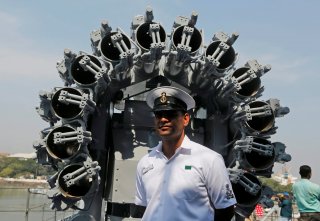

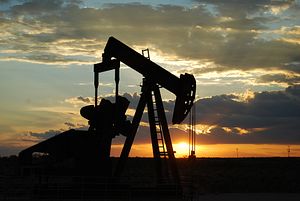


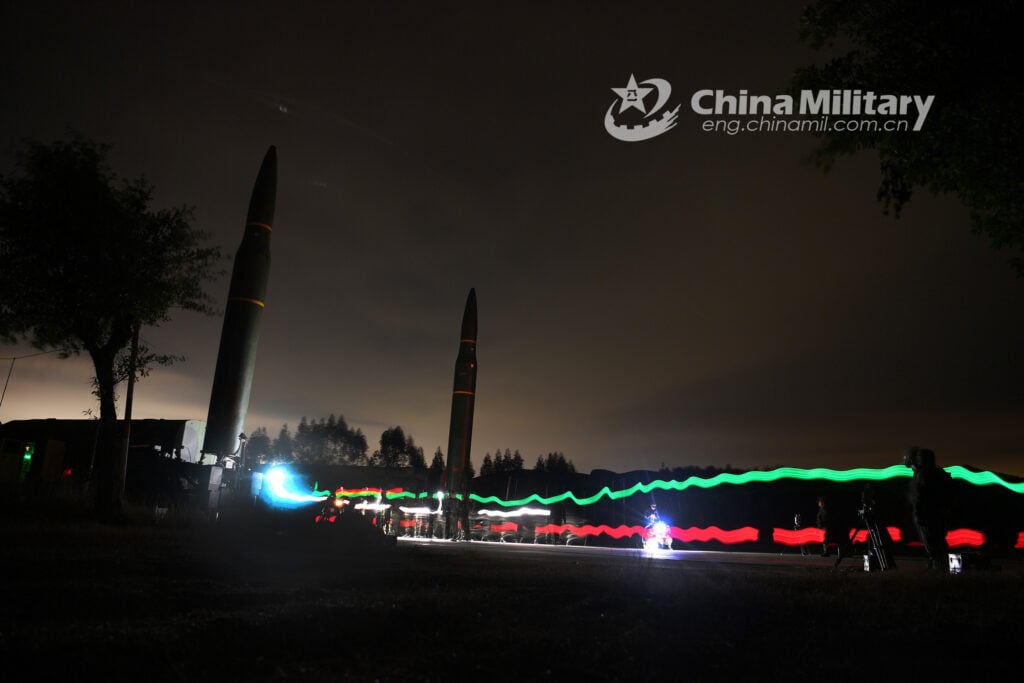




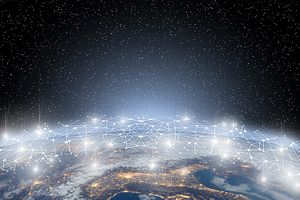
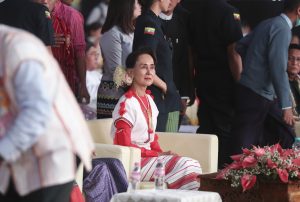
/arc-anglerfish-arc2-prod-mco.s3.amazonaws.com/public/NDQTG7EZSBGTJFJ5TRVCR6ALKA.jpg)

